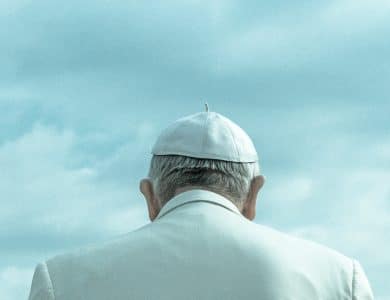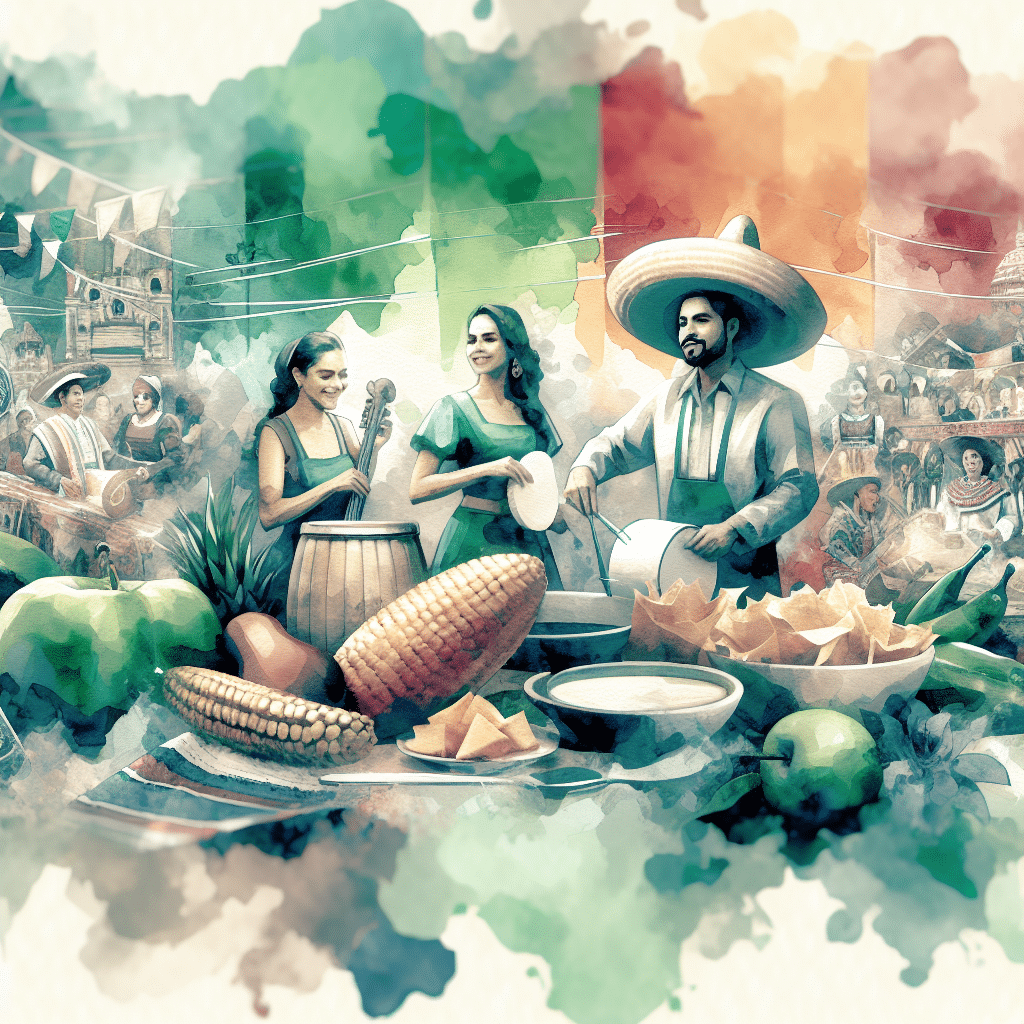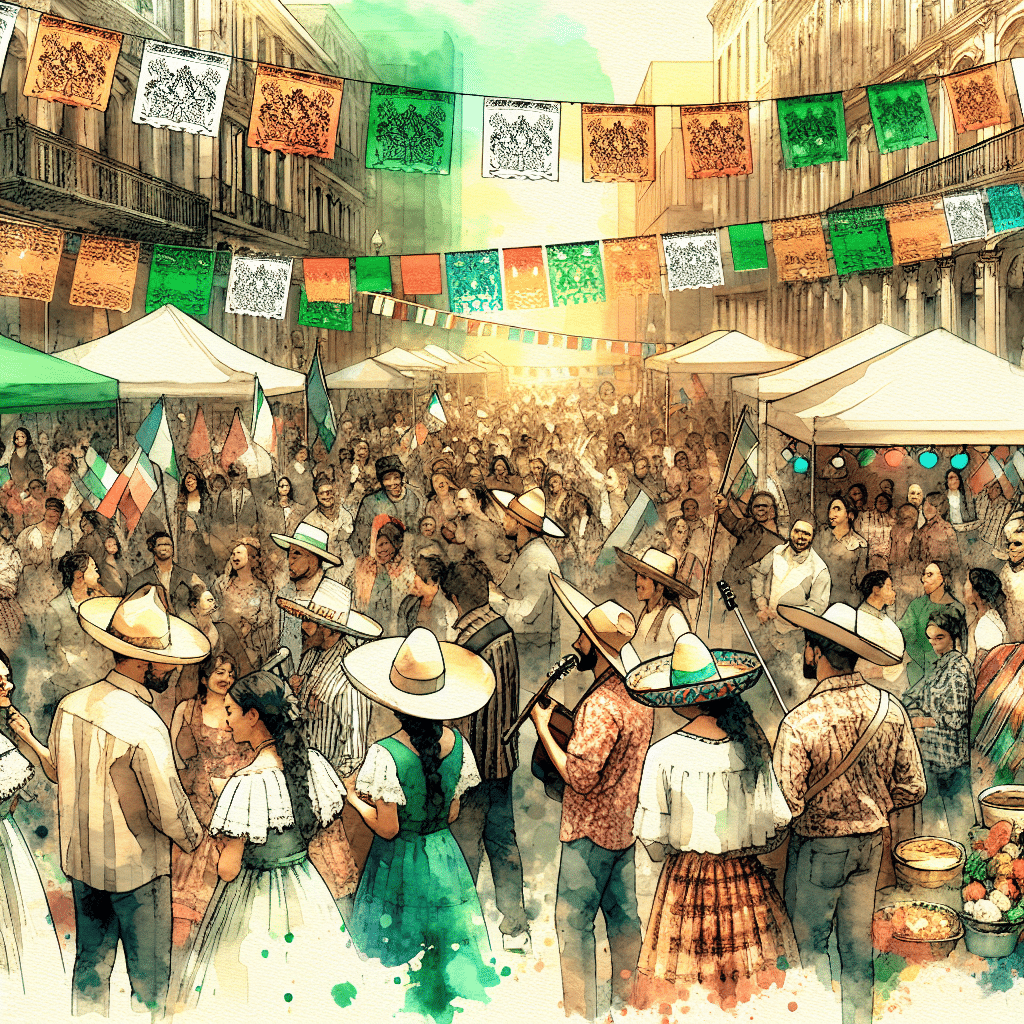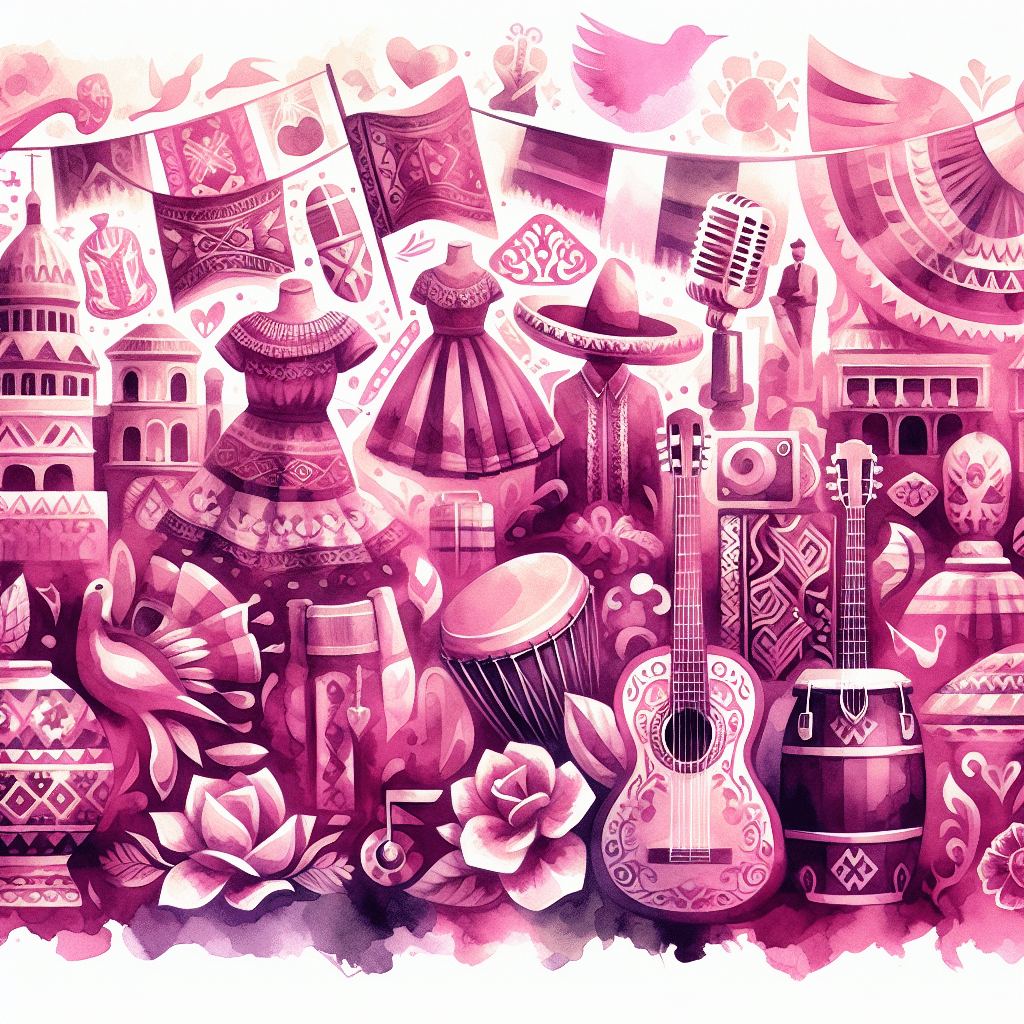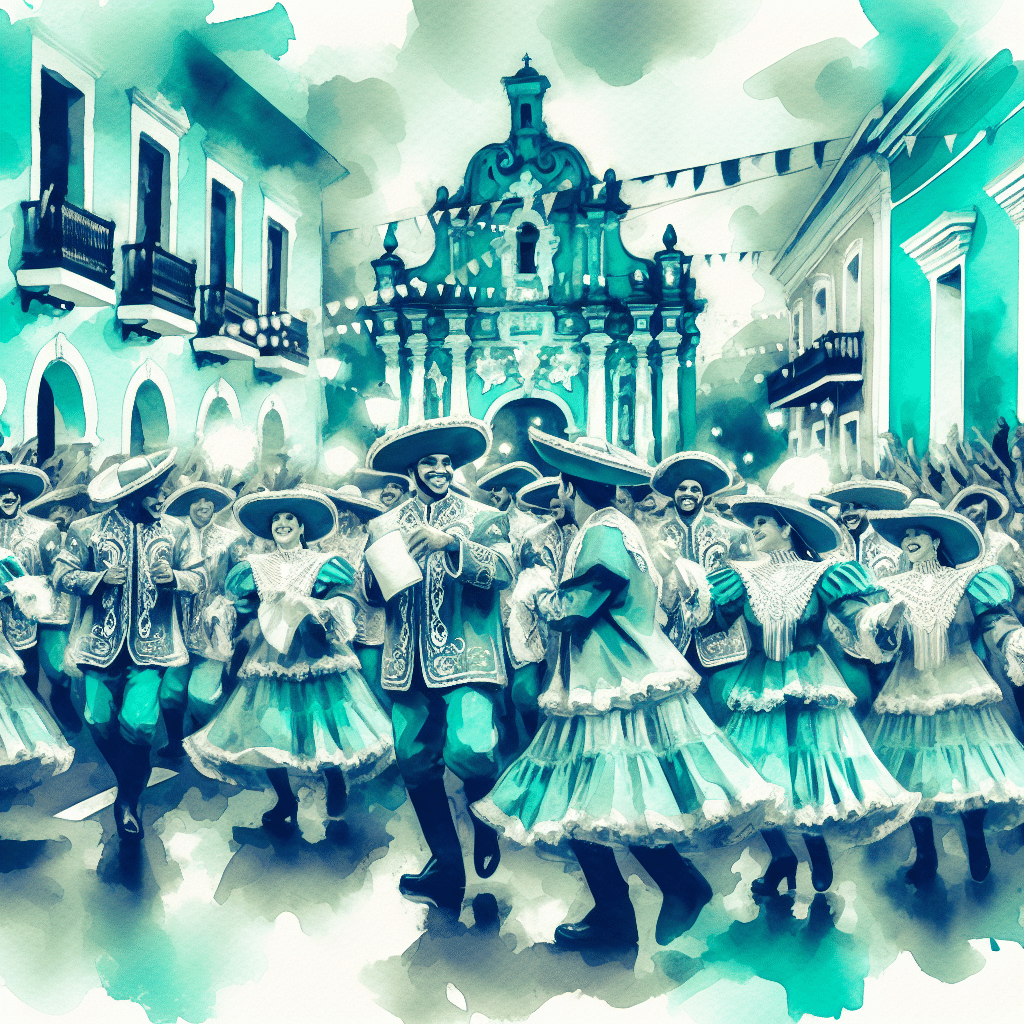
Exploring the Vibrant Costumes of Puerto Rican Festivals
Puerto Rican Festivals
Exploring the vibrant and colorful world of Puerto Rican festival costumes is like stepping into a fiesta of culture, history, and style. These costumes aren’t just about looking fabulous (though they definitely do); they tell the story of Puerto Rico’s rich heritage and traditions.
Traditional Women’s Attire
When it comes to traditional women’s festival attire, Puerto Rican women know how to make a statement. Imagine dancing to the rhythm of Bomba and Plena music, women twirl in the La Blusa ya Falda, a two-piece folk dress that’s as iconic as it is beautiful. This ensemble is often paired with the La Mapola, a flower delicately placed in the hair (CCSU Latino History Harvest).
For those channeling their inner Jíbara, the attire includes vibrant, flowing skirts paired with white blouses. Accessories are a must, with flowers or headscarves and large, statement-making jewelry pieces (FamilySearch).
| Attire Component | Description |
|---|---|
| La Blusa ya Falda | Two-piece folk dress |
| La Mapola | Flower for the hair |
| Jíbara Skirts | Vibrant, flowing skirts |
| Jíbara Blouses | White blouses |
| Accessories | Flowers, headscarves, large jewelry |
Traditional Men’s Attire
The gentlemen aren’t left out of the fashion fun. Traditional men’s attire in Puerto Rican festivals is all about combining simplicity with a touch of flair. For a Jíbaro-inspired look, men wear a simple cotton shirt and pants, often accessorized with straw hats that scream, “I’m ready for the fiesta!” (FamilySearch).
In the world of Bomba, men sport colored shirts with white pants or suits, topped off with a straw or white hat. This blend of African and Puerto Rican traditions creates a look that’s both stylish and culturally rich (FamilySearch).
| Attire Component | Description |
|---|---|
| Jíbaro Shirts | Simple cotton shirts |
| Jíbaro Pants | Cotton pants |
| Straw Hats | Essential accessory |
| Bomba Shirts | Colored shirts |
| Bomba Pants/Suits | White pants or suits |
| Hats | Straw or white hats |
These traditional costumes aren’t just about aesthetics; they are a celebration of Puerto Rican culture and history. Whether it’s the fiestas patronales in Puerto Rico or any other Puerto Rican festival parades, these attires make the events more vibrant and meaningful. So, next time you find yourself at a Puerto Rican festival, take a moment to appreciate the fashion – it’s history and heritage sewn into every stitch.
Taíno Influence
The Taíno heritage has left a lasting mark on Puerto Rican festival costumes. These indigenous people of the Caribbean have brought unique elements to the island’s clothing traditions, making them a colorful and lively part of Puerto Rican cultural celebrations.
Naguas Skirts
In Taíno fashion, the “naguas” skirt is a big deal. Women in Taíno culture started wearing these skirts when they hit adolescence or got married. The length of the skirt wasn’t just about style; it was a direct indicator of social status (FamilySearch).
| Social Status | Skirt Length |
|---|---|
| Higher-status Women | Full-length |
| Lower-class Women | Shorter |
The full-length naguas were for the high-ranking ladies, showing off their top-tier status in Taíno society. Meanwhile, the shorter versions were for the everyday women of the tribe. This fashion rule added an extra layer of meaning to the already rich tapestry of Puerto Rican festival traditions.
Social Status Representation
In Taíno society, social status wasn’t just about who got the last piece of cassava bread—it was woven into their clothing. The length of a woman’s naguas could tell you all you needed to know about her standing in the community. Higher-status women flaunted full-length skirts, making it clear they were the Beyoncé of the tribe, while lower-class women rocked shorter skirts, keeping it casual and functional.
This clothing hierarchy wasn’t just for show; it played a vital role in the social structure and cultural identity of the Taíno people. Today, the influence of these traditions is still visible in the vibrant and diverse costumes seen at Puerto Rican festival parades and fiestas patronales in Puerto Rico. The modern adaptations might have jazzed things up a bit, but the essence of social status representation remains a nod to the island’s rich Taíno heritage.
For those looking to dig deeper into Puerto Rican festival attire, understanding the Taíno influence offers a fascinating glimpse into the island’s historical and cultural roots. Keep an eye out for these traditional elements at the next Puerto Rican festival highlights.
Jíbaro Culture
Step into the lively world of Jíbaro culture—a vivid slice of Puerto Rican heritage shaped by Spanish settlers. These traditional outfits are more than just clothes; they’re a celebration of identity, history, and style.
Men’s Traditional Clothing
Jíbaro men’s attire is all about keeping it simple yet stylish. Imagine a man in a basic cotton shirt and pants combo. Now, top it off with a straw hat to fend off the Caribbean sun. And there you have it—a classic Jíbaro look.
| Item | Description |
|---|---|
| Shirt | Simple cotton, often white |
| Pants | Lightweight cotton, usually neutral colors |
| Hat | Straw, wide-brimmed for sun protection |
| Sash (optional) | Colorful, worn around the waist |
These pieces come together to create a relaxed yet dignified appearance. For those curious about Puerto Rican cultural celebrations, this outfit is a must-see.
Women’s Vibrant Skirts
Jíbaro women know how to turn heads. Their attire features bright, flowing skirts paired with crisp white blouses. These skirts burst with colors, often decorated with floral patterns. And the accessories? They go all out—flowers, headscarves, big jewelry, and hoop earrings (FamilySearch).
| Item | Description |
|---|---|
| Skirt | Bright, flowing, often with floral patterns |
| Blouse | White cotton, sometimes with lace details |
| Accessories | Flowers, headscarves, big jewelry, hoop earrings |
These outfits aren’t just for show; they capture the spirit and history of Puerto Rican fiestas patronales. The women’s attire adds a splash of color to any celebration, making it a visual treat.
Dive into the rich traditions and vibrant attire that make Puerto Rican festival parades unforgettable. Whether you’re a local or a visitor, understanding these cultural elements adds an extra layer of appreciation to the festivities.
Bomba Fashion
In the lively world of Puerto Rican festival costumes, Bomba fashion stands out with its unique blend of African and Puerto Rican traditions. This section dives into the signature styles of Bomba clothing for both men and women.
Men’s Bomba Clothing
Men’s Bomba clothing is a vibrant mix of colors and classic white attire. Men typically wear brightly colored shirts paired with white pants. For a more formal look, some opt for a full white suit. To top off the ensemble, a straw or white hat is often worn. This combination not only looks stylish but also pays homage to the cultural roots of Bomba fashion.
| Clothing Item | Description |
|---|---|
| Shirt | Brightly colored |
| Pants | White |
| Suit | Full white suit (optional) |
| Hat | Straw or white |
The choice of bright shirts and white pants makes the Bomba attire both eye-catching and respectful of tradition. For more on the importance of these costumes in cultural celebrations, visit our page on Puerto Rican cultural celebrations.
Women’s Bomba Skirts
Women’s Bomba skirts are a dazzling display of tradition and fashion. These skirts are predominantly white but are accentuated with vibrant colors, especially blue and red. The skirts often feature petticoats underneath, adding volume and flair to the outfit. This not only enhances the visual appeal but also allows for dramatic movements during Bomba dances.
| Skirt Feature | Description |
|---|---|
| Color | White with blue and red accents |
| Petticoats | Used for added volume |
| Top | Often paired with a matching blouse |
The use of petticoats and colorful accents makes the women’s Bomba skirts a beautiful blend of tradition and style. For more insights into the historical significance of these costumes, check out our article on Puerto Rican festival history.
Bomba fashion is a testament to the rich cultural heritage of Puerto Rico, blending African and Puerto Rican elements to create something uniquely beautiful. For more on the vibrant world of Puerto Rican festivals, don’t miss our comprehensive guide to Puerto Rican fiestas patronales.
Modern Puerto Rican Fashion
Modern Puerto Rican fashion is a lively mix of global trends and traditional vibes, showing off the island’s rich history and modern flair. Whether they’re walking the streets of San Juan or dancing at a fiestas patronales, Puerto Ricans know how to make a stylish splash.
Global Influences
Thanks to global trade and the internet, Puerto Rican clothing has a lot in common with Western fashion. You’ll see plenty of jeans, t-shirts, and trendy sneakers. But don’t be fooled—Puerto Rican style has its own unique twist.
| Clothing Item | Global Influence | Puerto Rican Twist |
|---|---|---|
| Jeans | Western | Paired with a vibrant top |
| T-Shirts | Western | Often featuring local slogans or artwork |
| Sneakers | Western | Styled with eye-catching accessories |
The younger generation especially loves to mix and match international trends with local flavors. Whether they’re channeling NYC street style or LA chic, Puerto Ricans add their own cultural zest to every outfit.
Traditional Elements
Despite these modern influences, traditional elements are still a big part of Puerto Rican fashion. Iconic pieces like the guayabera shirt and Pavas or Panama hats aren’t just relics of the past; they’re still popular today, especially during Puerto Rican cultural celebrations.
Let’s break it down:
| Traditional Element | Description | Modern Use |
|---|---|---|
| Guayabera Shirt | A lightweight, embroidered shirt | Worn at formal events and festivals |
| Pavas/Panama Hats | Straw hats offering sun protection | Paired with both casual and formal outfits |
| Traditional Attire | Outfits for weddings and Quinceañeras | Showcases cultural heritage |
According to FamilySearch, traditional attire is frequently worn during celebrations and special occasions like weddings or Quinceañeras. These elements provide powerful insights into family heritage and the island’s historical traditions.
For example, the guayabera shirt is a staple for men, often seen at festivals and formal gatherings. Its lightweight fabric and intricate embroidery make it perfect for the tropical climate. Women might don traditional dresses paired with vibrant Pavas or Panama hats, adding a touch of old-world charm to modern events.
Incorporating traditional elements into modern wardrobes allows Puerto Ricans to honor their heritage while staying trendy. Whether it’s a guayabera shirt at a Puerto Rican festival parade or a Panama hat at a beach party, these pieces are a testament to the island’s enduring cultural pride. For more on this fascinating blend of old and new, check out our article on Puerto Rican festival history.
Cultural Insights
Family Heritage
Puerto Rican festival costumes aren’t just about flashy colors and good times; they’re a deep nod to family heritage. Traditional Puerto Rican clothing gives us a peek into the island’s rich cultural mix. For those with Puerto Rican roots, these costumes are a celebration of their history. Passed down through generations, these outfits blend native Taíno traditions, Spanish influences, and African heritage. This unique mix makes Puerto Rican festival costumes so special and cherished (FamilySearch).
During fiestas patronales in Puerto Rico, families proudly wear these traditional outfits. Each stitch and fabric choice tells a story of their ancestors. Whether it’s the Jíbaro’s simple cotton shirts and pants or the Bomba’s lively skirts and blouses, these costumes are like wearing your family tree to the party!
Historical Traditions
The history behind Puerto Rican festival costumes is as colorful as the outfits themselves. The island’s fashion history is a blend of Taíno, Spanish, and African influences. For example, Taíno women wore “naguas” skirts, with the length showing their social status. Higher-status women wore full-length skirts, while shorter ones were for the lower class (FamilySearch). Imagine a world where your skirt length could make or break your social standing!
Jíbaro culture added another layer to this rich tapestry. Men wore simple yet stylish cotton shirts and pants, often with straw hats. Women dazzled in vibrant, flowing skirts with white blouses, usually adorned with flowers or headscarves. It’s like they were saying, “Who needs a runway when you have the Puerto Rican countryside?” (FamilySearch)
Modern Puerto Rican fashion has picked up some Western styles due to global influences, but traditional elements haven’t faded away. You can still spot a guayabera shirt or a Pava hat at weddings, Quinceañeras, and, of course, Puerto Rican cultural celebrations (FamilySearch). These traditional elements aren’t just about looking good; they’re about honoring a vibrant history and keeping it alive for future generations.
| Traditional Element | Origin | Significance |
|---|---|---|
| Naguas Skirts | Taíno | Showed social status |
| Jíbaro Attire | Spanish Influence | Symbolizes simplicity and elegance |
| Bomba Skirts | African Influence | Represents lively spirit and culture |
| Guayabera Shirts | Cuban Influence | Popular in modern celebrations |
For more on these traditions, check out our article on Puerto Rican festival history.
In Puerto Rican festivals, costumes aren’t just about making a fashion statement; they’re about channeling cultural pride, family heritage, and historical traditions. So, the next time you see someone in a colorful Bomba skirt or a classic Jíbaro outfit, remember, they’re not just dressed for the party—they’re dressed for their ancestors.
Vejigantes
Folkloric Characters
In the lively chaos of Puerto Rican festivals, Vejigantes steal the show. These quirky characters pop up during fiestas patronales in Puerto Rico, especially at Carnaval and the Santiago (St. James) festival. With their bat-like wings and wild masks, Vejigantes are impossible to ignore.
The name “vejigante” comes from “vejiga gigante,” meaning “giant bladder.” This odd name refers to their original “weapon”—a big, painted cow bladder. Imagine a parade of colorful characters swinging giant, painted bladders. It’s as funny as it sounds and definitely a sight to see.
| Characteristic | Description |
|---|---|
| Origin | Festivals like Carnaval and Santiago (St. James) |
| Costume | Colorful masks, bat wings, and fancy outfits |
| Weapon | Painted cow bladder |
Colorful Masks
The masks, or “caretas,” worn by Vejigantes are as colorful as they are spooky. Traditionally, these masks are painted in bright greens, yellows, reds, or a mix of red and black. The goal? To look as scary as possible. These masks aren’t just for fun; they’re a unique cultural expression of Puerto Rico (Kid World Citizen).
Making these masks involves either papier-mâché or coconut husks, highlighting the creativity of Puerto Rican artisans. Over time, these masks have evolved but remain a key part of Puerto Rican cultural celebrations.
| Mask Material | Description |
|---|---|
| Papier-mâché | Lightweight and easy to shape |
| Coconut husks | Adds a traditional touch |
| Colors | Green, yellow, red, red and black |
Whether you’re into folklore, art, or just love a good spectacle, Vejigantes capture the essence of Puerto Rican festival traditions. They mix history, culture, and a bit of whimsy, making them a fascinating part of Puerto Rican heritage.
Vejigante Origins
The Vejigante is a staple in Puerto Rican festivals, known for its vibrant and sometimes spooky look. Let’s take a closer look at where this intriguing character comes from.
Bladder Weapon
The name “vejigante” comes from the Spanish words for “giant bladder” (vejiga gigante). Back in the day, the Vejigante carried a quirky “weapon”—a big, painted cow bladder. This funny yet scary prop was used to playfully whack people, adding a mischievous twist to the celebrations.
| Item | Description |
|---|---|
| Bladder Weapon | Big, painted cow bladder |
| Purpose | Playfully whacking onlookers |
Want to know more about the fun traditions of Puerto Rican festivals? Check out our Puerto Rican Festival Highlights.
Religious Processions
Vejigantes first showed up in religious festivals and processions meant to scare folks back to church. When the Spanish brought this tradition to Puerto Rico, it got a unique twist from the island’s rich cultural mix. The Taínos, famous for their detailed mask-making, and the Africans, who introduced the drum-heavy music of bomba y plena, both added their flair to the Vejigante tradition.
| Influence | Contribution |
|---|---|
| Spanish | Religious significance |
| Taínos | Mask-making skills |
| Africans | Bomba y plena music |
Curious about how these cultures blend in Puerto Rican festivals? Dive into our Puerto Rican Cultural Celebrations.
The Vejigante’s colorful masks and costumes are still a big hit at Puerto Rican Festival Parades. These lively characters mix humor, history, and culture, capturing the lively spirit of Puerto Rican celebrations.

